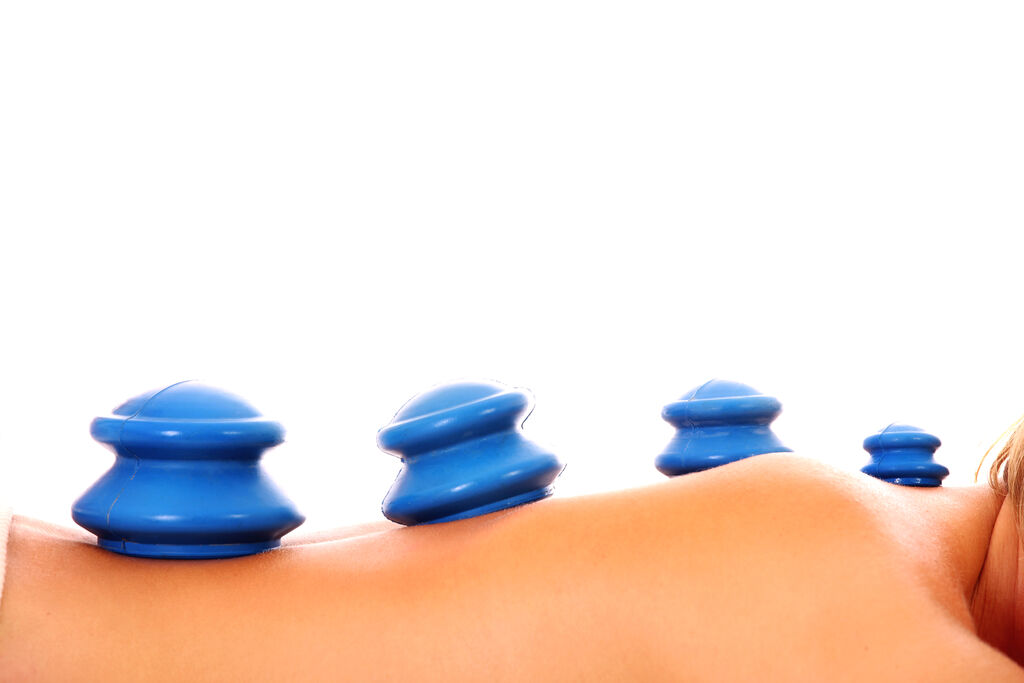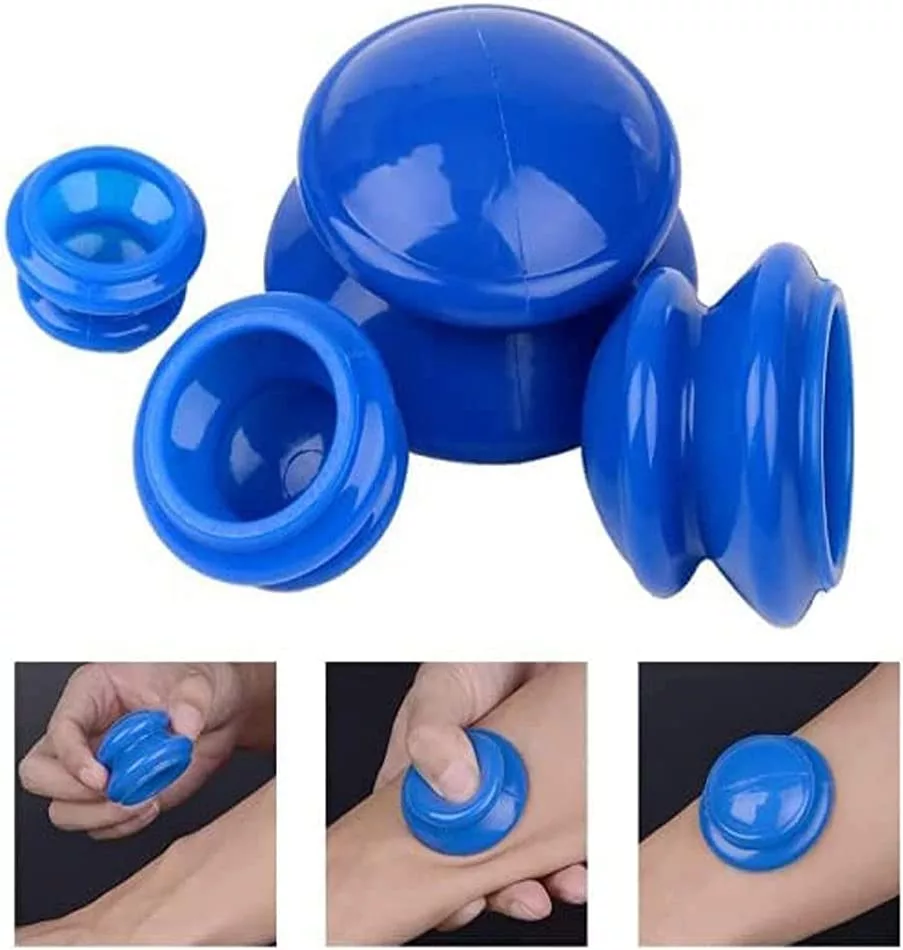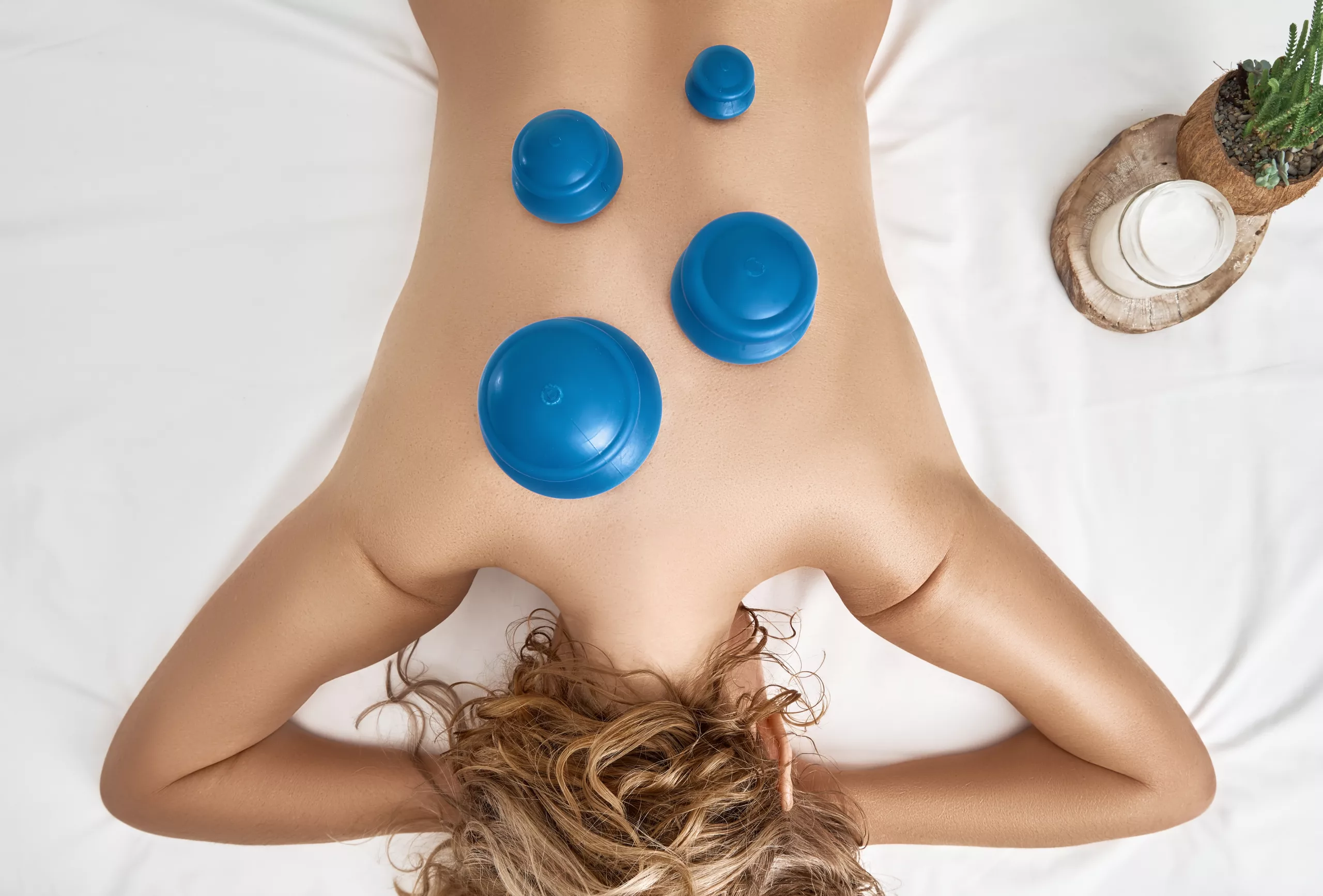How to Perform DIY Cupping Therapy: A Comprehensive Guide
Introduction
Cupping therapy is an ancient form of alternative medicine that has gained popularity in recent years due to its numerous health benefits. While professional cupping sessions are always recommended, you can also perform this therapy at home with the right tools and knowledge. This step-by-step guide will walk you through the process of DIY cupping therapy.
Please note: While cupping is generally considered safe, it’s always best to consult with a healthcare professional before trying any new therapy at home.

Materials Needed
- Cupping set: You can purchase a cupping set online or at a health store. These sets typically include a variety of cup sizes to accommodate different body parts.
- Alcohol wipes: To clean the cups before and after use.
- Lubricant: A light oil or lotion to help the cups glide smoothly over your skin. I use coconut oil.
What I have used and can recommend
In my own experience with cupping therapy, I’ve found the CkeyiN Silicone Cupping Cups, to be an excellent choice for beginners and regulars. This set comes with 4 cups of various sizes, allowing you to target different areas of your body with ease. The cups are made of high-quality Silicon, a durable material.

What I particularly like about this set is its versatility and ease of use, making it a great option for those new to cupping therapy as well as those that are confident in their daily practice. Remember, it’s always important to follow the instructions provided and listen to your body’s response during the therapy.
Step-by-Step Guide
- Preparation: Clean the area of your body where you plan to apply the cups using mild soap and warm water. Dry thoroughly. Apply a thin layer of your chosen lubricant (High-grade oil or emollient cream) to the area with broad, firm strokes to stimulate blood flow and prepare the muscles ready for the application of the cups.
- Cup Placement: Choose the appropriate cup size for the area you’re treating. Apply a thin layer of cream or oil to ensure a good seal and comfortable glide across the skin. Place the cup against your skin and create suction according to the instructions provided with your cupping set. This usually involves pressing the centre of the cup to express air.
- Cup Manipulation: Once the cup is secured and suctioned onto your skin, you can leave it stationary for a few moments while moving the sounding area, limb or joint. Gently lifting the cup away from your skin without breaking the seal will separate muscle fibre and promote blood flow. You can gently move the cup around in a gliding technique (ensuring you can feel the muscle underneath pulling, not just your skin)
- Cup Removal: To remove the cup, simply release the suction mechanism. This will vary depending on your cupping set, but it usually involves pressing or releasing a part of the cup.
- Post-Cupping Care: After removing the cups, clean your skin and the cups with alcohol wipes. You may notice that your skin has turned red or purple in the areas where the cups were applied. This is normal and should fade within a few days.
CAUTIONS Cups should not be left in any one area for more than ten minutes. Leave a few days between intensive cupping sessions. NEVER Place cups over the blood vessels in the neck (carotid arteries)
DIY Cupping Therapy: Conclusion
Cupping therapy can be a beneficial addition to your self-care routine. By following these steps, you can safely perform cupping therapy at home. However, remember that this guide is intended for informational purposes only. Always consult with a healthcare professional before starting any new treatment. Contact me today through the booking page.
For more information on the benefits of cupping therapy and other massage techniques, check out our other blog posts on Forget-Me-Knot.
For more in-depth information on cupping therapy and its benefits, check out this comprehensive guide from the NHS.
Please note that this is an Amazon Associate. The link provided is an affiliate link, and at no additional cost to you, I will earn a commission if you decide to make a purchase.
I recommend this product because I have personal and professional experience with it and believe it could benefit my clients, not because of the commission I make if you decide to purchase.

